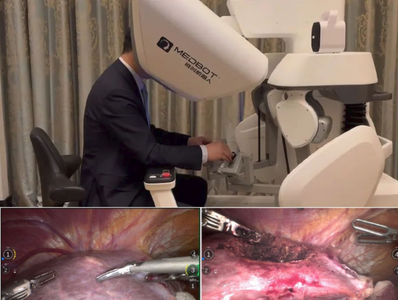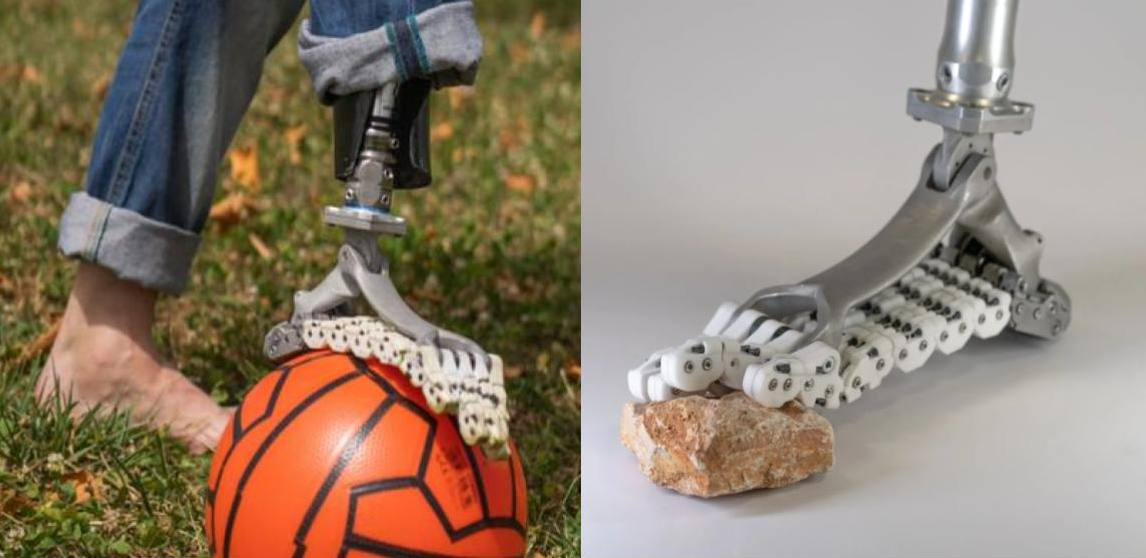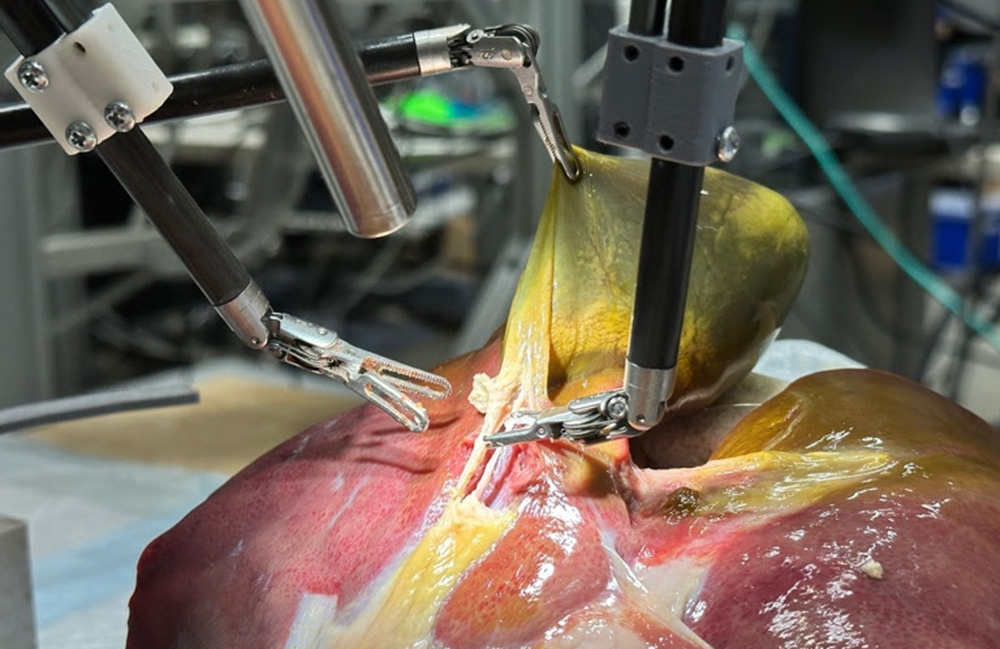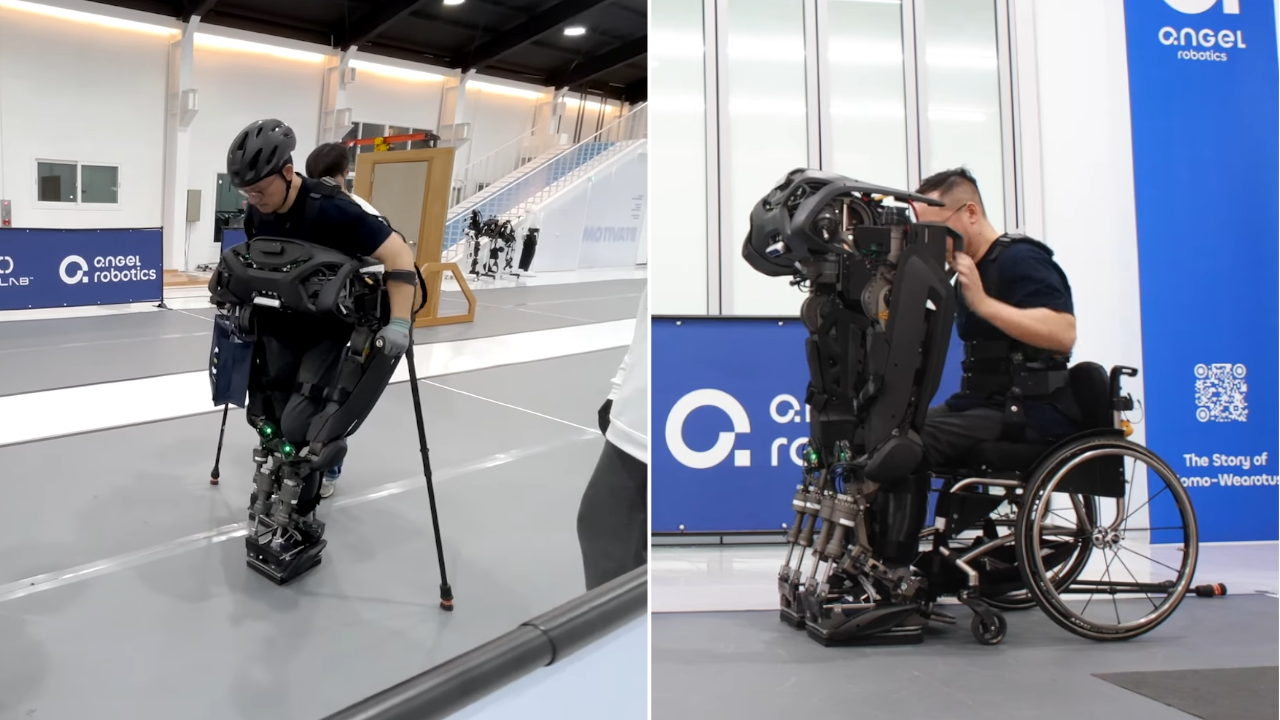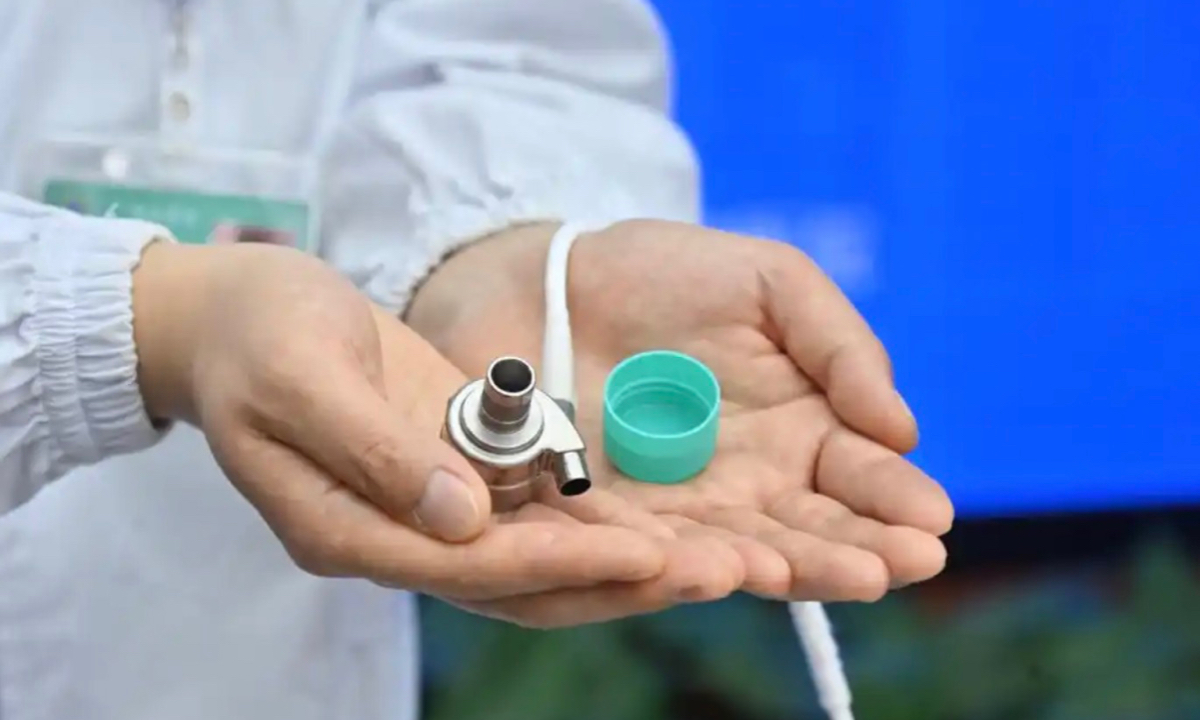In an unprecedented medical achievement, a Chinese surgical team led by Professor Liu Rong successfully performed two precise remote surgeries using a robotic system connected via satellite, covering a distance of over 5,000 kilometers between the surgeon and the patients. This marks the first such event in the world and represents a true turning point in the future of remote surgery.
The surgeon was stationed in Lhasa, the capital of the Tibet Autonomous Region, while the patients were located in a hospital in Beijing. Two male patients—one aged 68 with liver cancer and the other aged 56 with a hepatic hemangioma—underwent procedures that lasted between 105 and 124 minutes each. The results were remarkable: minimal blood loss (no more than 20 ml), no complications, and both patients were discharged within just 24 hours.
The surgical robot positioned beside the patients received commands from the surgeon via the Chinese satellite Apstar-6D, which orbits 36,000 kilometers above Earth. The signals had to travel a round-trip distance of up to 150,000 kilometers, resulting in a latency of 632 milliseconds between the surgeon’s commands and the robot’s execution—more than three times the safe threshold for remote surgery, which is estimated at 200 milliseconds.
This significant delay posed a real challenge to surgical precision, as even minor latency can lead to catastrophic outcomes during operations. To overcome this, the engineering team developed three innovative technologies:
- AI Predictive Compensation: This system analyzes the surgeon’s style and motor behavior in advance. When the surgeon initiates a movement, the system predicts its full trajectory and sends the command to the robot proactively, allowing execution to begin before the original signal arrives—making the surgeon feel as though the procedure is happening in real time.
- Intelligent Bandwidth Allocation: To protect the surgeon’s commands from any delay, the system prioritizes critical data such as cutting and suturing instructions, even if it temporarily reduces video quality. It functions like a smart traffic officer directing data based on importance.
- 5G Backup Network: In case of satellite communication failure or delay, the system automatically switches to a terrestrial 5G network in less than one second, ensuring uninterrupted surgical operation under any circumstance.
The significance of this experiment goes beyond surgical success. It demonstrates the possibility of eliminating reliance on terrestrial infrastructure (such as fiber-optic cables or 5G coverage), making remote surgery feasible in the most isolated and hazardous locations—from remote villages to battlefields and disaster zones.
Professor Liu Rong stated that this achievement is a step toward a future where precision surgery is accessible anywhere on Earth—and possibly even beyond. China plans to integrate this model into its healthcare system, potentially enabling specialized surgical care in small and remote communities just as effectively as in major cities.
This experiment, conducted in December 2024, was published in the Intelligent Surgery Journal in 2025.
